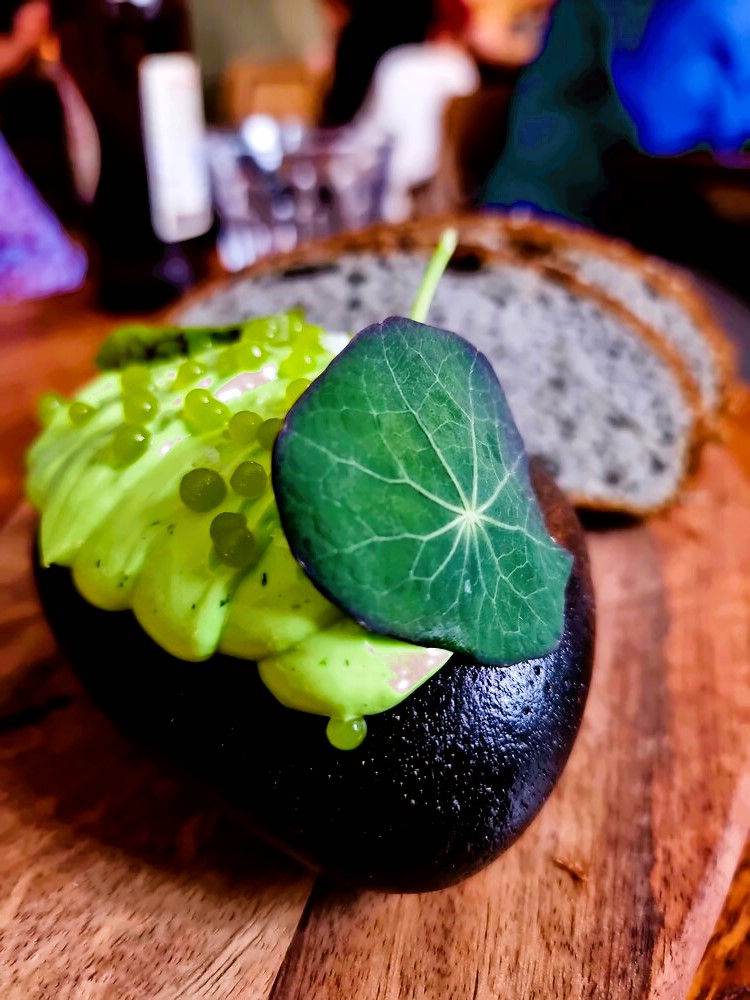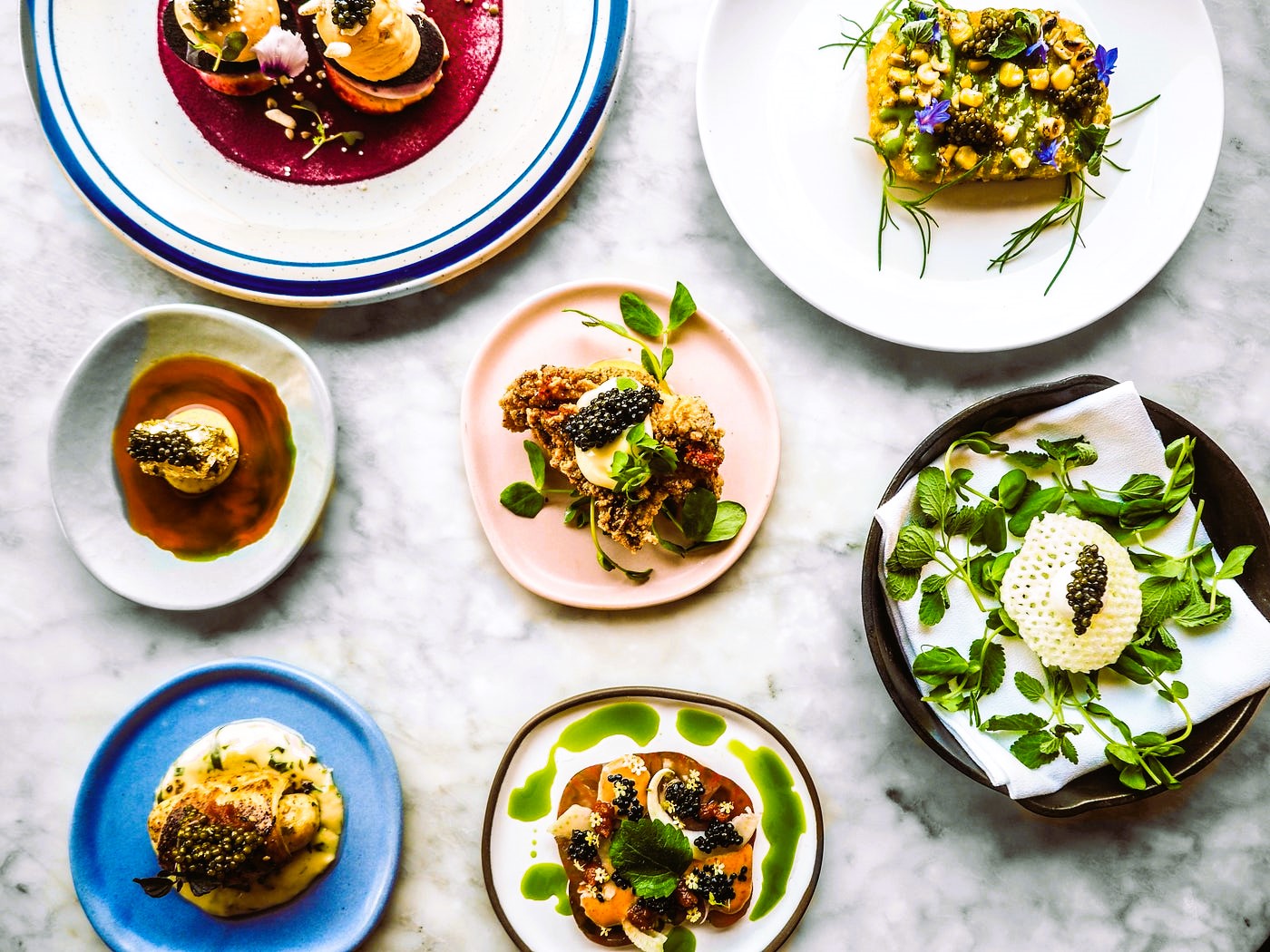Food is not just about nourishment; it is a sensory journey that delights the palate and ignites the imagination. One of the most fascinating aspects of the culinary world is food pairing – the art of combining different flavors, textures, and aromas to create a harmonious and unforgettable dining experience. Whether you’re a seasoned chef or an aspiring food enthusiast, mastering the art of food pairing can elevate your culinary creations to new heights. Join us on a flavorful exploration as we delve into the principles of food pairing and uncover the secrets to creating perfect harmony on your plate.
The Science and Art of Food Pairing
Food pairing is both a science and an art. It involves understanding the chemical interactions between different ingredients, as well as the cultural and regional traditions that have shaped culinary combinations over centuries. The goal is to create a symphony of tastes that complement and enhance each other, elevating the overall dining experience.
In the world of food pairing, there are no strict rules. Instead, it is a realm of experimentation and discovery, where chefs and food enthusiasts are encouraged to explore and push the boundaries of flavor.
Principles of Food Pairing
While food pairing allows for creativity, some fundamental principles serve as a guiding compass. These principles help chefs and home cooks alike to create successful and balanced flavor combinations:
- Complementary Flavors: Seek out flavors that enhance and complement each other. For example, the sweetness of honey can beautifully balance the acidity of tomatoes.
- Contrasting Textures: Combine contrasting textures to add depth and interest to a dish. The creaminess of avocado can provide a pleasant contrast to the crunchiness of toasted nuts.
- Balance of Tastes: Aim for a balance of tastes, including sweetness, sourness, bitterness, saltiness, and umami. This balance ensures that no single flavor overwhelms the others.
- Regional and Cultural Pairings: Explore traditional pairings from different cuisines around the world. These pairings have evolved over time and are often rooted in local culinary traditions.
- Consider the Cooking Method: The cooking method can impact the flavors and textures of ingredients. Grilled vegetables may have a smoky depth, while steamed vegetables retain their natural sweetness.
- Wine and Food Pairing: For an enhanced dining experience, consider pairing food with suitable wines that complement the flavors of the dish.
Pairing with Precision: The Role of Canada’s Food Standards
As food enthusiasts explore the art of food pairing, Canada’s food standards play a vital role in ensuring the safety and quality of ingredients. The Canadian Food Inspection Agency (CFIA) is responsible for regulating and setting standards for food safety in the country. These standards help consumers and chefs make informed choices when selecting ingredients for their culinary creations.
Additionally, the Invasive Species Council of British Columbia (ISCBC) is dedicated to preserving the delicate balance of ecosystems by raising awareness about invasive species that can impact local flora and fauna. As culinary artists, being aware of invasive species can help maintain the integrity of ingredients and support sustainable food choices. What makes Michelin-starred restaurants exceptional? Read more in our article Revealing Secrets.
Now, let’s explore some classic and innovative food pairings that demonstrate the principles of food pairing and create perfect harmony on your plate.
- Classic Pairing: Steak and Red Wine
The rich and savory flavors of a perfectly seared steak find their match in the boldness of a full-bodied red wine. The tannins in red wine cut through the fat of the steak, enhancing its taste and creating a harmonious balance of flavors.
- Innovative Pairing: Seared Scallops and Mango Salsa
The delicate sweetness of seared scallops pairs wonderfully with the refreshing tang of mango salsa. This pairing combines contrasting textures and vibrant flavors, creating a delightful dance of tastes on the palate.
- Classic Pairing: Cheese and Fruits

The marriage of cheese and fruits is a timeless pairing that has graced tables around the world for centuries. The creamy and salty notes of cheese beautifully complement the natural sweetness of ripe fruits, resulting in a delectable combination of flavors.
- Innovative Pairing: Roasted Cauliflower and Tahini Dressing
Roasted cauliflower’s nutty flavors are elevated with the addition of creamy tahini dressing. This pairing showcases the art of creating balance by combining roasted earthiness with the velvety richness of tahini.
- Classic Pairing: Chocolate and Berries
The marriage of rich, dark chocolate and tart, juicy berries is a match made in dessert heaven. The sweet and bitter notes of chocolate harmonize with the bright acidity of berries, creating a decadent and indulgent finale to any meal.
- Innovative Pairing: Beet Carpaccio and Goat Cheese Mousse
The earthy sweetness of thinly sliced beet carpaccio is enhanced by the tangy creaminess of goat cheese mousse. This innovative pairing brings together contrasting flavors and textures, resulting in a visually stunning and flavor-packed appetizer.
Embrace Your Culinary Creativity
As you explore the art of food pairing, let your creativity flourish and your taste buds guide you. With a solid understanding of the principles of food pairing and an appreciation for the role of Canada’s food standards in ensuring quality and safety, you are well-equipped to create culinary masterpieces that delight and inspire.
Remember that the art of food pairing is not about following rigid rules but about celebrating the beauty of flavors and experimenting with endless possibilities. As you embark on your culinary journey, embrace the joy of discovery and savor the symphony of tastes that awaits on your plate.
References:




